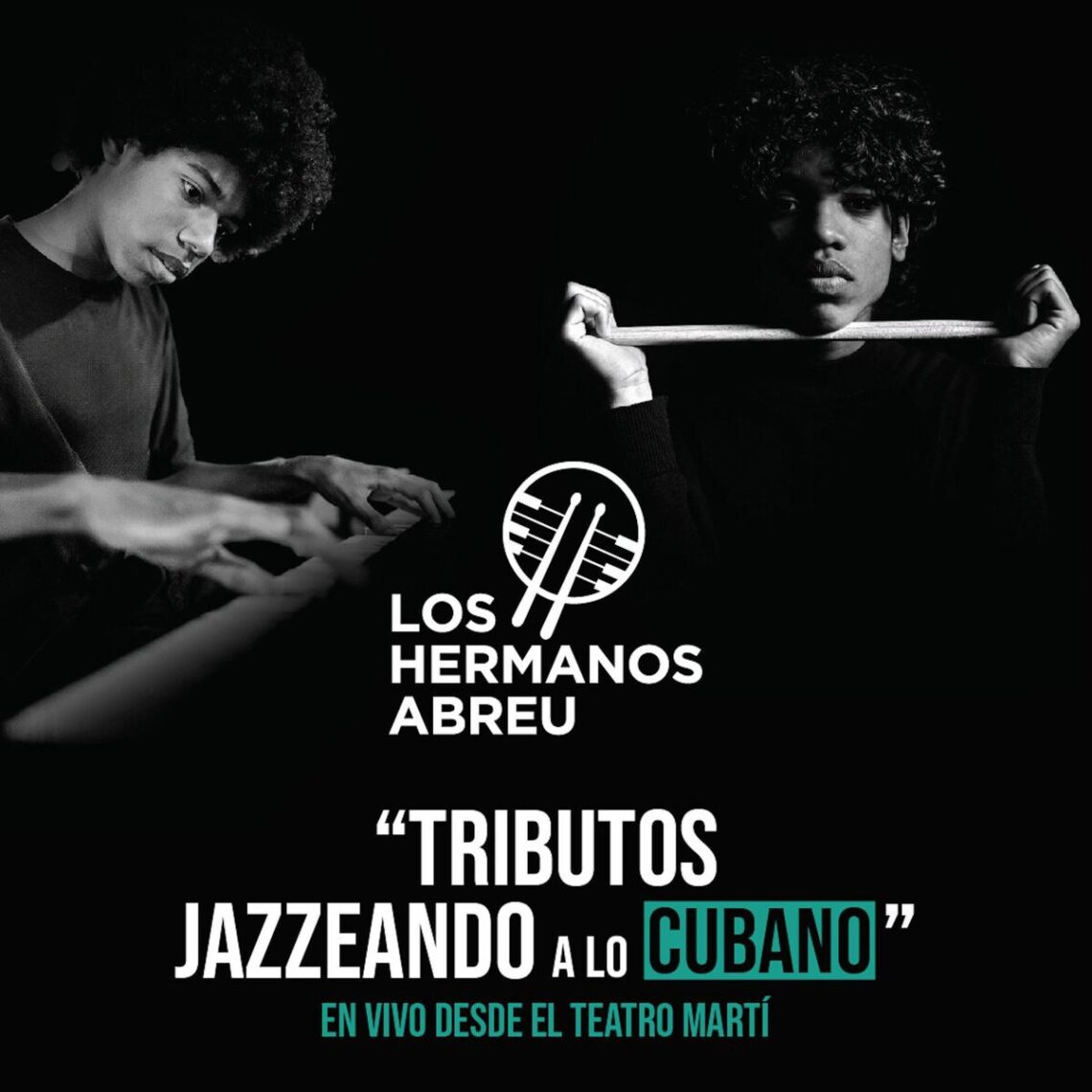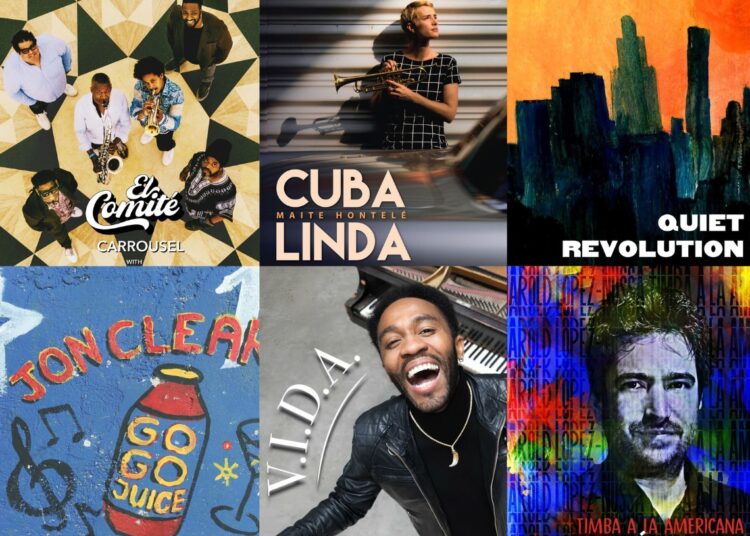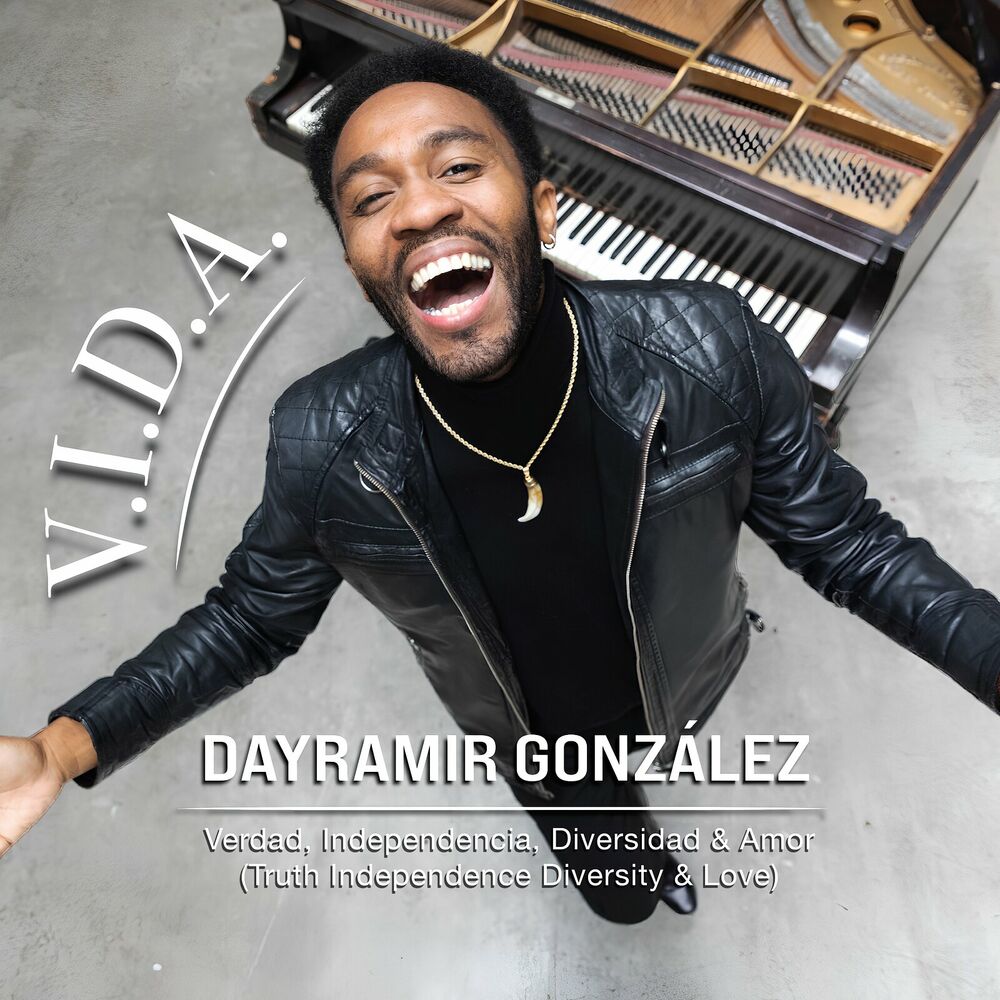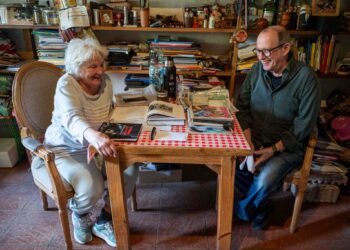Almost three months after the 40th edition of the Jazz Plaza International Festival and on the eve of International Jazz Day on April 30, Havana still seems bathed in the free winds of this versatile genre.
From those days and nights, we are left with the aftertaste of Afro-Cuban jazz, timba, and traditional Cuban music rhythms, blended with blues, soul, and folk sounds from different latitudes—a myriad of emotions renewed with each jazz improvisation. And, of course, thanks to the album and the music of the authors contained therein, the journey never ends.
There is something confessional about listening to an album. Note by note, song by song, we build an emotional edifice that can collapse on the third track or stand strong, sturdy, for the rest of our lives.
Any analysis that attempts to portray Jazz Plaza’s past may prove insufficient, as 40 years of shared creation make it difficult to accurately summarize, although some presences are unavoidable.
What can best tell what that was like are the valuable recordings. If you want to know what the most recent edition of the jazz festival in Cuba sounded like, you only have to turn to them.
Grande-Terre. Roy Hargrove’s Crisol (2024)
This album is a sensational discovery for any jazz lover. Roy Hargrove passed away in 2018, at the age of 49. He left behind a colossal body of work as a trumpeter and composer; however, it is said that he didn’t leave much on record.
His intense creative work was recognized with two Grammy Awards, and we are still learning about new releases today. An example of this is this material, recorded in 1998 and released in late 2024. His widow and the foundation she heads, Hargrove Legacy, have been instrumental in this endeavor, rescuing and assessing unreleased material and extracting big band arrangements from the notes and recordings left by the notable musician.
It turns out that after winning his first Grammy for Best Latin Jazz Performance with Habana — this album was the result of the trumpeter’s first visit to the Cuban capital in 1996 and his meeting with Chucho Valdés, a prelude to several collaborations between the two — Hargrove proposed to the members of his Crisol that they record a new album during a trip to the Caribbean island of Guadeloupe.
He asked each of them to write two arrangements, and with that, they went into the studio. This is what Gabriel Hernández, who joined that Crisol to replace Chucho and played with Roy Hargrove for a decade, told me during the days of Jazz Plaza 40. “You listen to this album and travel back in time; it’s wonderful,” the renowned Cuban pianist, who has lived in Mexico for more than 30 years, assured me.
Grande-Terre (Verve Records, 2024) is a one-hour journey. Roy Hargrove’s trumpet shines with its unmistakable tone, accompanied by a troupe of excellent artists, both Cuban and American. “Rhumba Roy,” by Gabriel Hernández, opens the door to this album of marked Afro-Cuban influence, imbued with bebop and naturalness.
From the ballad “Another Time” to his clear look at the mother continent with “Ethiopia,” or the savory flavor unleashed in Cedar Walton’s “Afreaka,” the album inhabits emotional spaces that contemporary jazz has been able to portray in its sounds and the power of percussion. Cuban legend José Luis Quintana “Changuito” can be heard as part of the ensemble.
Roy Hargrove sings “Lake Danse” and “Kamala’s Dance” (dedicated to his daughter, born that same year) and closes with his “Priorities,” amidst Abakuá chants and in a musical trance of excellence.
Completing the roster are Sherman Irby on alto sax, Gerald Cannon on bass, Willie Jones III and Julio Barreto on drums, Ed Cherry on guitar, and Larry Willis on piano; Jacques Schwarz-Bart on tenor sax, and Frank Lacy on trumpet.
We don’t know why it took so long for this material to see the light of day or why its author never published it during his lifetime. The truth is, according to Hargrove Legacy, the trumpeter lived in an intense creative frenzy, between jamming, studio work, and diverse experiences surrounding jazz. Everything seems to indicate that there is more to be discovered about Roy Hargrove and the influence of Afro-Cuban sounds in his compositional work. This album is a testament to that.
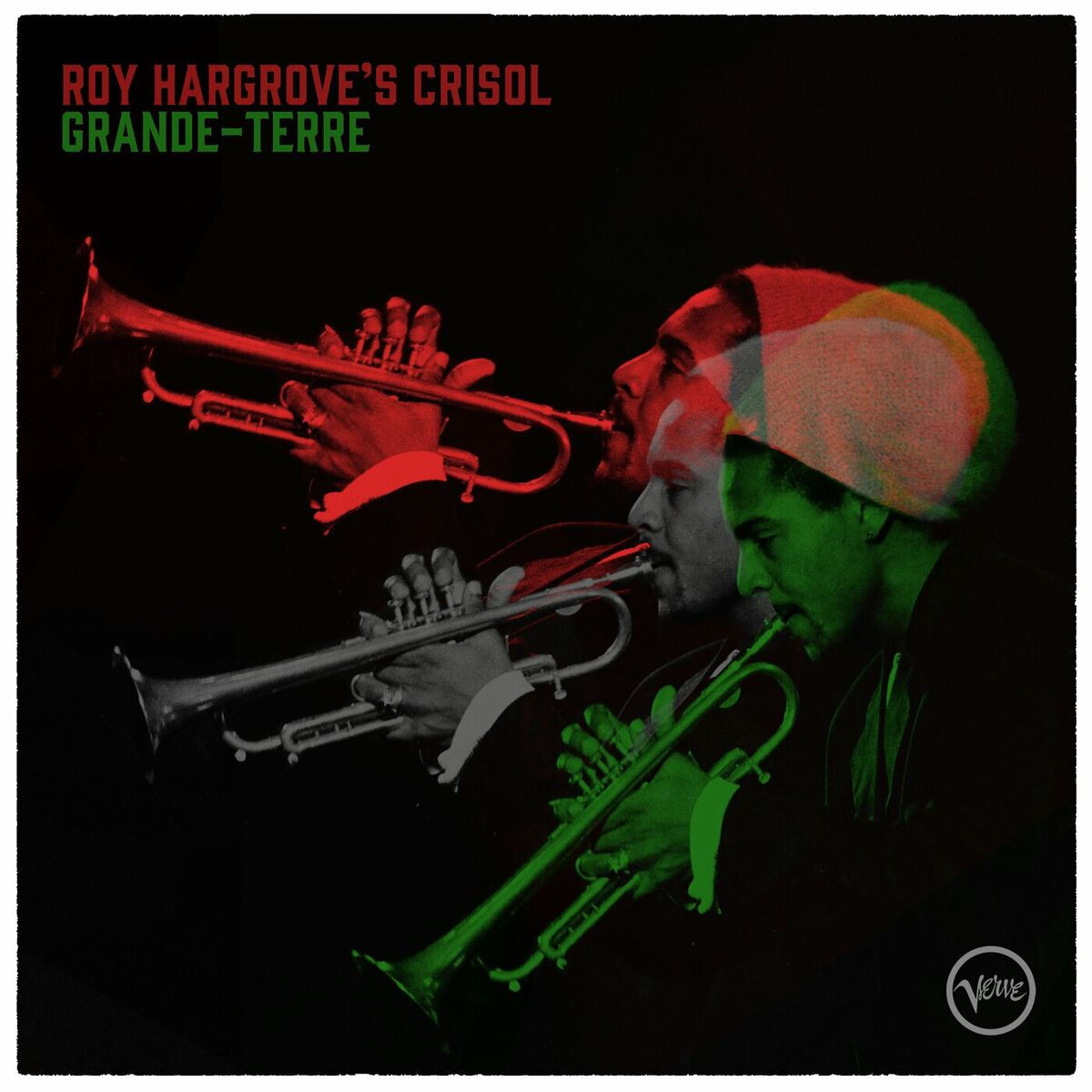
Drums La Habana. Oliver Valdés and Rodney Barreto (2010)
Formed in the heat of jamming at Jazz Plaza from a very young age, Oliver Valdés and Rodney Barreto proved themselves to be top-notch drummers. From this CD/DVD, their debut album together, they showed the public that they wouldn’t settle for a limited space in music. They wanted to explore, to go beyond, everything their talent and experience could allow.
Drums La Habana (Bis Music, 2010) was a fine introduction, and we celebrated its 15th anniversary during the recently concluded Cuban Jazz Festival. Clearly, time has not passed for nothing, and it has broadened the musical discourse of both performers, imbuing them with undeniable versatility. They reissued the same concert contained in this album, which was released fifteen years ago, and demonstrated that their creative dialogue is solid, collaborative, natural, and enriching.
From the outset, Valdés and Barreto tell us they’re writing their own story: you just have to get into the game, feel that sound produced by the typing of the typewriters from which they are able to create music.
Then the creation takes place, the party begins. First, Oliver and Rodney, face to face, in a percussion interview, an appetizer for the extravaganza that will follow.
Oliver Valdés chooses a quintet to showcase his creations, and Rodney Barreto prefers to move between trio and quartet — on the DVD — along with friends who come and go on stage, such as Robertico Carcassés and Tony Rodríguez on piano, Carlos Miyares on saxophone, Juan Carlos Marín “El trombonón de Santa Amalia,” and Yandy Martínez on bass.
Between “Latin Twins” and a cover of Jaco Pastorius’s “Havona,” this album is a celebration of friendship.
Gogo Juice. Jon Cleary (2015)
Jon Cleary and his band, The Absolute Monster Gentlemen, shook the foundations of Jazz Plaza with an explosive dose of funk and R&B. Of course, there was still room for experimentation with Cuban artists, those the American called the “Cuban Monster Horns.”
The levels of artistic “monstrosity” reached relevant heights with this troupe led by the unique creator. Jon Cleary (United Kingdom, 1962) is a skilled multi-instrumentalist, a kind of one-man band who can play a tumbao on the piano as if he were an authentic Cuban, or interpret José White’s “La bella cubana” on a ukulele, accompanied by pianist Ernán López-Nussa. This natural ability to cohabitate different spaces in music owes much to his stay in New Orleans for more than two decades, a fact that has magnified his talent and creative work.
This is something we can appreciate in Gogo Juice (FHQ Records, 2015), a celebrated album that earned him a Grammy for Best Regional Roots Music Album in 2016. The artist gave us some tracks from this album during his recent visit to Havana (his first visit to the island was in 2019).
Cleary appropriates Creole elements and forms from Louisiana music and filters them through sounds native to New Orleans, such as funk and other strains of R&B, like soul.
There’s an abundant and spicy boogie-woogie in this album, that blues style that demands rapid piano playing and encourages dancing: Cleary is a monster at it.
From the opening “Pump it Up,” this album puts us in a state of grace, a level that continues until the closing “Love on Condition.”
And how gratifying it was to learn that he was the original composer of “Brother I’m Hungry,” also on the album, a song with social content that a year later Snarky Puppy included, in a cover version, in his album Family Dinner-Volume Two.
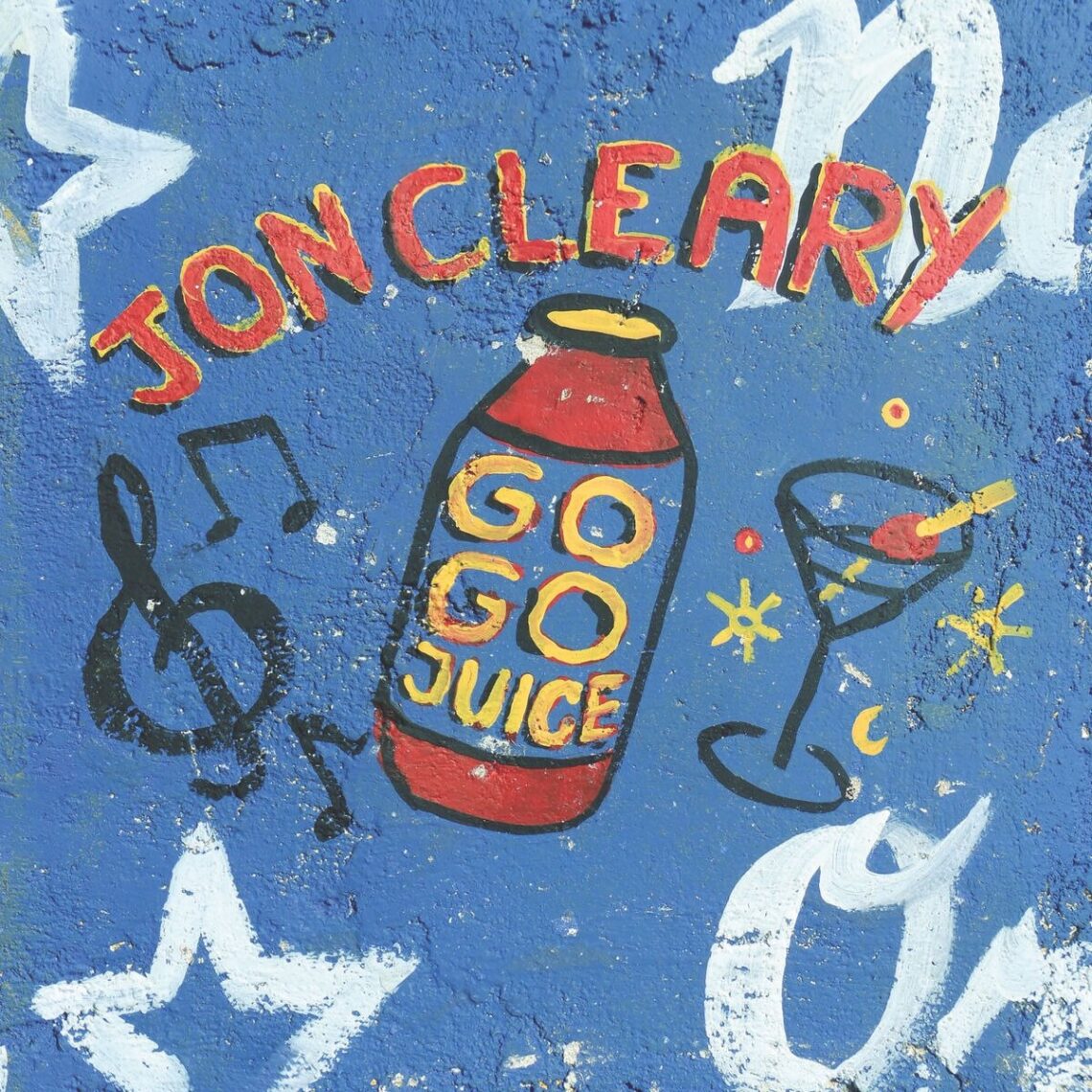
Quiet Revolution. Ted Nash, Steve Cardenas and Ben Allison (2018)
Saxophone, electric guitar, and double bass. The trio formed by these three masters of the U.S. jazz scene is as inspiring as it is surprising; their sound is distinguished and invigorating. The three creators carry out educational and research work around music, which has guided many of their projects over more than 25 years of collaboration.
The group follows the model of the drumless trios that Jimmy Giuffre (1921-2008) pioneered in the 1950s and 1960s, eschewing bombast in jazz. This is how Allison explains it, noting that with this format, “they envisioned a calmer music that retained elements of blues and folk, but also embraced the emerging qualities of freestyle. We created intimate music with a very conversational tone: a ‘musical trilogue,’ where group interaction is the focus.”
With that commitment, Quiet Revolution (Sonic Camera, 2018) first appeared, a calm and fertile dialogue between guitar, saxophone, and double bass. It is a clear exposition of free jazz until it closes with “Love Theme from Spartacus,” something that whets the appetite to continue exploring this creative work in other facets.
Ted Nash returned once again to Cuba, to Jazz Plaza, and this time he did so in the company of these two masters, Ben and Steve, with whom he did not want to miss the opportunity to offer the audience a unique creative experience. Jazz x Art, the project Nash put together in 2023, united jazz with the visual arts in a concert of intertwined inspirations in a jazz band format, conducive to collective improvisation.
This time, they returned to that experience, but in a trio format. Ted, Ben, and Steve arrived at the Museum of Fine Arts on the morning of their last day in Havana, and there they created the work in situ. They took inspiration from a brief tour of the paintings in the galleries and turned it into an improvised concert in the museum’s courtyard.
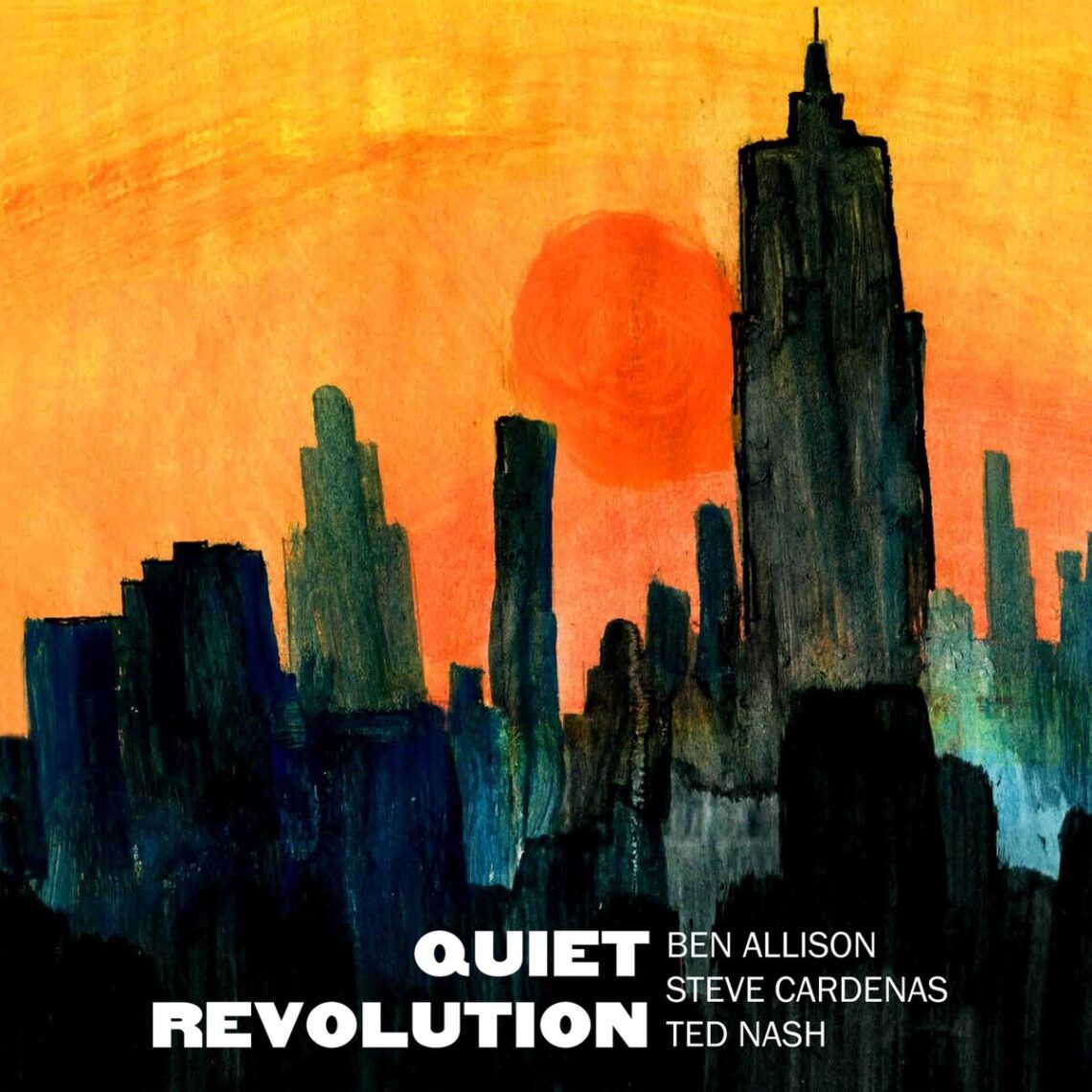
Cuba Linda. Maite Hontelé (2019)
Maite Hontelé arrived at the 40th edition of Jazz Plaza in a creative moment that was superior, more ethereal, than what we’ll hear on this album I’m proposing. Now she’s joined Ramón Valle in an exquisite creative duo — piano and flugelhorn — that has already recorded an album.
But Cuba Linda was the last stop for this Dutch trumpet player, trained in the cult and interpretation of Cuban music, in the dance music orchestra format, before a five-year hiatus that convinced her to take this new path that we now enjoy on stage.
The artist told me: “Cuba Linda was the climax of my career at that time. It represented a lot, but then another important era began for me; after releasing the album, I decided to stop playing the trumpet for five years.”
She took a break after years of working with bands, recording salsa albums, and collaborating with exponents of the genre like Oscar de León and artists from across the Cuban spectrum.
The result of this album is a wonderful celebration where Hontelé’s trumpet is in its element, with musical production by none other than maestro Alain Pérez and some arrangements by Juancho Valencia.
Also featured are heavyweights such as Robertón from Van Van, Gilberto Santa Rosa, Osaín del Monte, the Aragón Orchestra, among others.
Maite Hontelé’s creative climax is worth checking out.
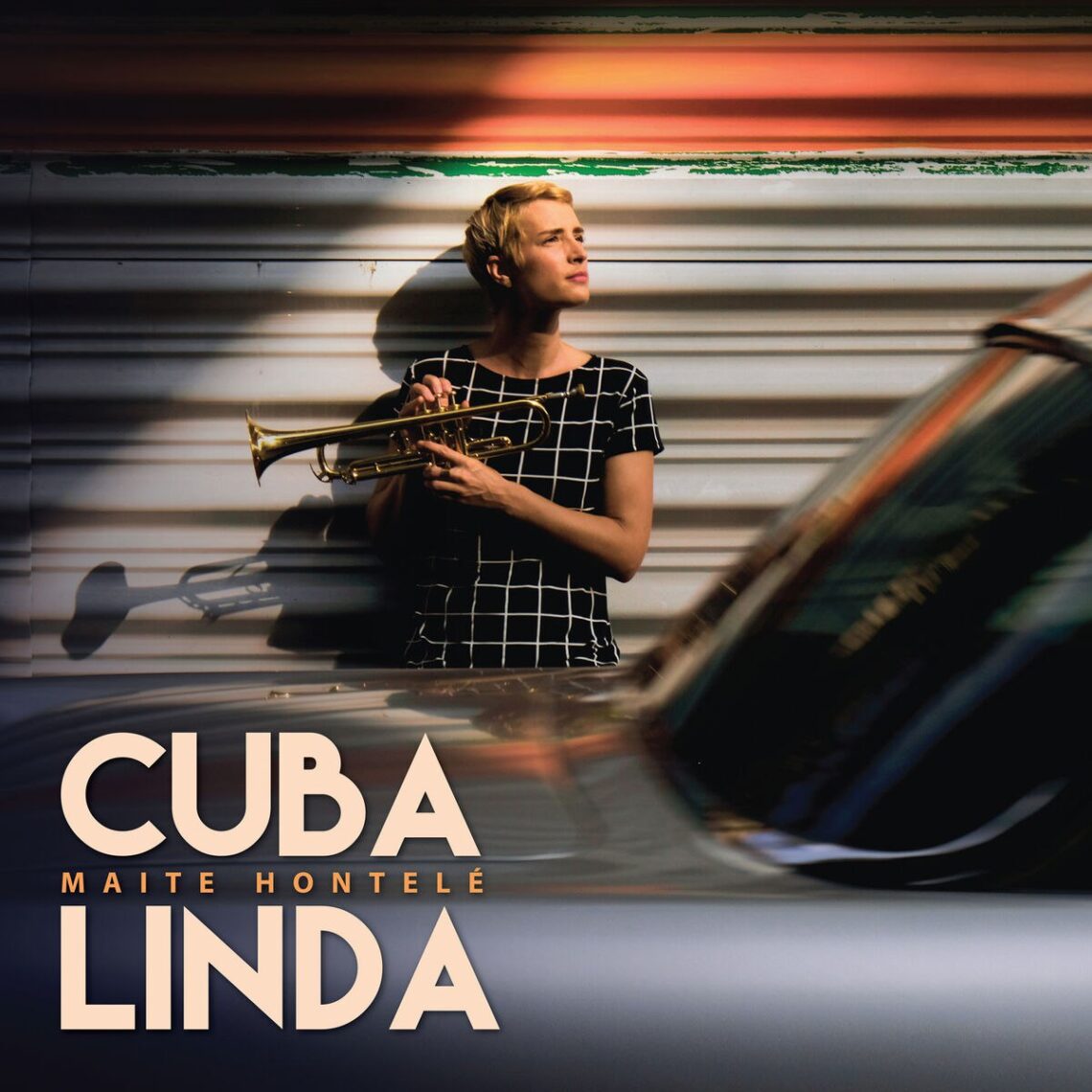
Timba a la americana. Harold López-Nussa (2023)
Harold López-Nussa arrived at the jazz festival in Cuba from Toulouse, France — his current home. His was one of the most anticipated performances, as he hadn’t performed on the Havana scene since late 2023, and he brought with him this album, which, while circulating online and available to the public, had not been presented in a live concert in Cuba.
This is an album born from a distance, a beautiful ode to the Cuba Harold sees from afar, to the new creative life he is building, day by day, in another latitude. “From afar, you can see Cuban music from a different perspective. When you’re on the island, it becomes a part of you, and you don’t pay attention to it in the same way, because all of that is you; it’s part of your being. From outside, you’re constantly searching for it and seeing it differently. I’d heard that from many Cuban musicians who’d been living abroad for years, but experiencing it has also been eye-opening for me,” the musician said at the end of last January.
As you scroll through the album, vibrant tracks emerge, full of sonic blends, from “Funky” and “Cake a la Moda” to “Conga a la Americana” and “Hope.” Michael League’s work in the production, some of his arrangements, and his use of the synthesizer are evident.
“Mal du pays” is a track where the pianist and composer pours out his nostalgia, his longing for a distant land; something similar happens in “Afro en Toulouse,” where Harold attempts to musically connect his current city with the street where he was born in Centro Habana.
Timba a la Americana is the Cuban’s first production released under the Blue Note label, and alongside him, Luques Curtis on bass, Bárbaro Machito Crespo on congas, Grégori Maret on harmonica, and Ruy Adrián López-Nussa on drums shape the journey.

V.I.D.A. Verdad, Independencia, Diversidad & Amor (Truth, Independence, Diversity & Love). Dayramir González (2024)
“I celebrate the truth of the musician that I am: an Afro-Cuban jazz pianist, Black, Yoruba, a lover of his country, who enjoys coming here and seeing his family and his audience. Independence refers to my autonomy as an artist, to the fact that today I have control of my career, I know my business inside out. Love, for its part, has always been in my path. Diversity because I am Black and I live in a society where we must continue to work on this element in all its forms: racial, gender, musical, artistic, so that there is room for everyone.” Dayramir González commented in an interview with OnCuba about the concept of this album, with which he celebrates his 25-year career.
It is an honest album of overflowing spirituality.
It also had its moment during Jazz Plaza 40; Cuban music made in New York that arrives in the form of a powerful album featuring excellent musicians such as Pedrito Martínez, Daymé Arocena, Jadele McPherson, Edrey Ogguere, among others.
From “Transiciones en azul,” dedicated to Yemayá, to “V.I.D.A. Soy Cubana,” where Dayramir talks to Ochún, the pianist builds an emotional journey that combines references to the traditions of our culture with a version of “The Peanut Vendor,” songs dedicated to his children like “Principito,” “Rosas & Dahlias,” and the memory of his creative phase with Habana Entrance.
Carrousel. El Comité (2024)
El Comité synthesizes the work of a generation of artists who have defined the history of Cuban jazz over the last 20 years. Just look at the composition of the band. It was formed in 2017 out of the simple need to bring together friends who wanted to express themselves through music.
Rolando Luna, Harold López-Nussa, Gastón Joya, Yaroldy Abreu, Irving Acao, Rodney Barreto, and Carlos Sarduy make up El Comité. From time to time, they get together, entertain their audiences, and, in the process, record a good album to record the spicy part.
In mid-2024, Carrousel was released on Caramba Records. This is the team’s second album, something we’ve been eagerly awaiting since enjoying their debut with Y qué!? So what (Not on label, 2019).
The first offers a provocative dose of groove-laced Afro-Cuban jazz, in which each member infuses compositional concerns ranging from references to the commotion on Gran Vía (Madrid, Spain) to the Alamar neighborhood in East Havana.
There’s also a musical look at those who paved the way in jazz before them; masters like Emiliano Salvador (“Son a Emiliano,” with an arrangement by Rolando Luna based on a composition by Gabriel Hernández) and Miles Davis (“So What”).
Now, with Carrousel, things become more diverse, encompassing Latin jazz, timba, rumba, Afrobeat, folk, and a touch of country. There’s a more world music aesthetic to this album; a true musical merry-go-round where the members once again spin their own arrangements and compositions.
The carousel kicks off with “Alusión,” a psychedelic piece by Rolando Luna, opening the door to the musical volley, amid the enjoyment of original creations and the surprise of discovering versions of iconic songs that are part of contemporary universal popular culture, such as “Wonderwall” by the British rock band Oasis and “La Fama” by the Spanish singer Rosalía.
The album closes with a reference to the event that has united them all for years from a very young age; where they took their first steps toward becoming the true masters they are today: “Jazz Plaza,” composed by Carlos Sarduy.

Mundoagua – Celebrating Carla Bley. Arturo O’Farrill & The Afro Latin Jazz Orchestra (2025)
Here’s the latest from Arturo O’Farrill and his Afro Latin Jazz Orchestra, released days before the six-time Grammy winner landed in Havana to participate, as has been the custom since his first visit in 2002, in the jazz festival.
Arturo O’Farrill (Mexico City, 1960), the son of Chico (1921-2001) — that Cuban totem of Latin jazz — strengthens his ties to his Cuban roots with each visit.
“I set a rule for myself and I try to live by it: play the music I love, with the people I love, for the people I love. If I can’t be that kind of musician, I’ll drive a taxi,” is a quote from this distinguished pianist that can be read in his section on the Grammy Awards website. This philosophy of life and creation can be felt in his new album.
O’Farrill defines the creation of Mundoagua… as his greatest musical mission with the Afro Latin Jazz Orchestra. They are two ambitious jazz suites composed by him, which, along with “Blue Palestine,” by the iconic composer Carla Bley (1936-2023), form an orchestral triangle. Although they are very different compositional and conceptual moments, there is unity in the sonic discourse, with dissonances as a very present resource throughout.
The first suite is “Mundoagua,” a three-movement composition, a story about humanity’s challenges in the face of global warming and the water cycle. It is followed by “Blue Palestine,” in four movements, by the renowned Carla Bley, considered a benchmark of free jazz, one of the great composers of contemporary jazz. She is the reason for this compilation/celebration of suites, which closes with the three movements of Día de los Muertos (Day of the Dead). A sonic journey where Arturo O’Farill leaves us with a sublime musical narrative.
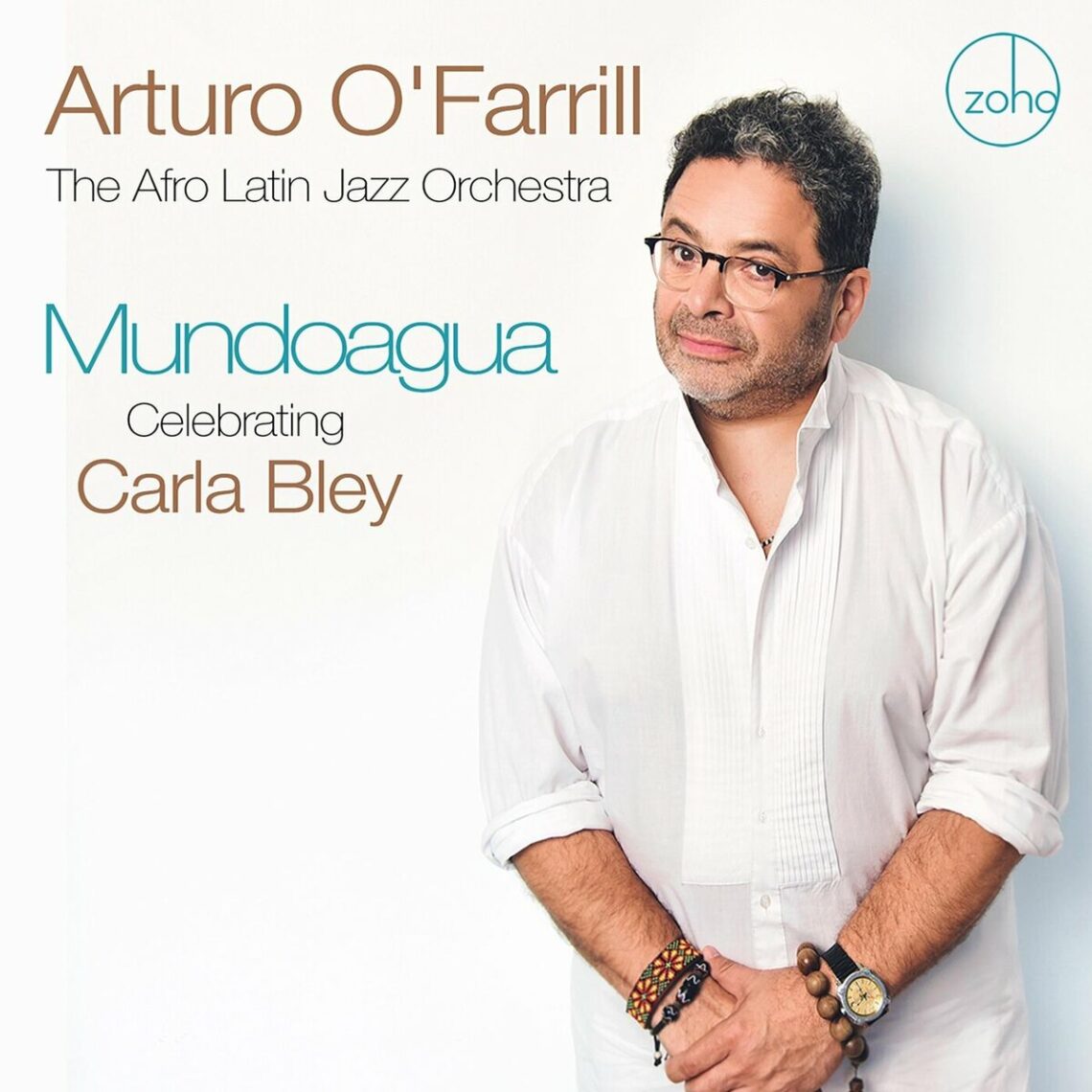
Tributos: Jazzeando a lo cubano (En vivo desde el Teatro Martí). Los Hermanos Abreu (2025)
The debut album by Los Hermanos Abreu was recently released on digital platforms. The young men are barely 20 years old, but they have already joined forces with other colleagues to bring life to the Cuban scene, through jamming and performances at events.
Fabio and Diego, the Abreu brothers, released their first album a year and a half after beginning their creative journey. Of course, they were already immersed in jazz and music from the cradle. Sons of the imposing percussionist Yaroldy Abreu and the notable musicologist Nerys González Bello, the brothers have successfully embarked on their own artistic journey.
The two most recent Jazz Plaza events have featured the notable participation of this piano and drum duo, who compose their creations. If they have to cover other artists’ works, the arrangements are a delight, as if they were mature creators. As proof of this, we now have these Tributos…, a concert the duo gave in May 2024 at the Teatro Martí, now released on CD and audiovisual format under the La Casa Producciones label and produced by Nerys González Bello.
You can enjoy works by Fabio and Diego, such as “Papá en la luna,” “Rastros etéreos,” “Latin va,” “Afrunk,” and “Conga desértica,” along with jazz versions of classics like “Lo feo,” “Seis semanas,” and “Alma mía,” accompanied by a group of notable performers such as Alain Pérez, Beatriz Márquez, Julito Padrón, Jorge Reyes, Rafael Paseiro, Orlando Valle “Maraca,” and Germán Velazco, among others.
With this album, we have a great testament to the current state of Cuban jazz and its scene. It’s also a reason to keep an eye on these young performers who, like so many giants who came before them — and who accompany them — still thrill us.
